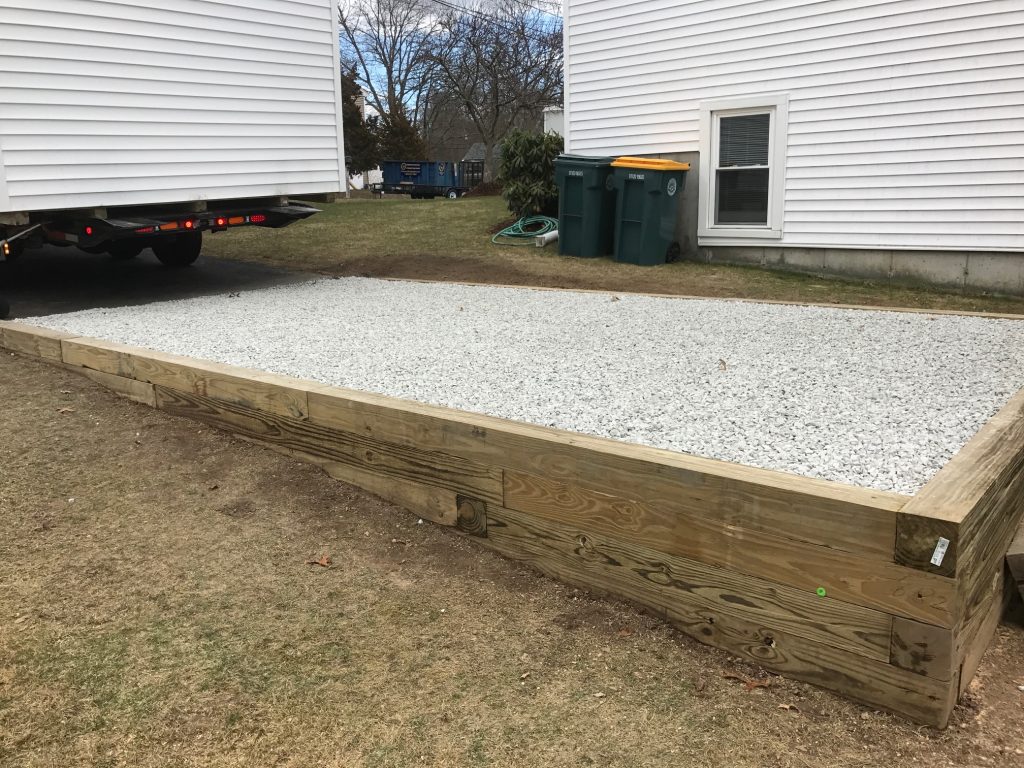Metal sheds offer practical storage solutions for garden tools, equipment, and outdoor furniture. However, without proper anchoring, these structures can become hazardous during severe weather conditions. Strong winds can transform an unsecured shed into a dangerous projectile, causing damage to property and potential injury to people.
Securing your metal shed to the ground creates stability and prevents it from shifting, warping, or even being lifted off the ground completely. Many insurance companies actually require proof that garden structures are properly anchored before they'll approve coverage for storm damage. According to The Shed Man, inadequate anchoring is one of the primary reasons for shed failure during storms, making it an essential step in installation that should never be skipped.
How to Anchor a Metal Shed to the Ground
May 14

Different Types of Anchoring Methods
The method you choose to anchor your metal shed depends on several factors: the shed's size, your location's climate, the ground surface, and local building regulations. Concrete anchoring involves securing the shed to a concrete slab or foundation using expansion bolts or concrete screws. This method provides exceptional stability and is particularly suitable for larger sheds or areas prone to extreme weather.
Ground anchoring utilises auger-style anchors or stakes that drive deep into the soil and attach to the shed's frame. This approach works well for smaller to medium-sized sheds on level ground. For sheds placed on existing paved surfaces, pressure-treated timber frames offer an alternative solution. The shed sits on this wooden base, which is then anchored to the ground using appropriate fasteners.
Tools and Materials Needed
Assembling the correct tools before starting the anchoring process will save you time and frustration. For most anchoring methods, you'll need a power drill with masonry bits (for concrete work), a hammer, adjustable spanner, level, measuring tape, and appropriate safety gear including gloves and safety glasses. Having a helper on hand makes the process significantly easier, particularly when aligning the shed with your anchoring points.
Material requirements vary based on your chosen anchoring method. For concrete foundations, gather concrete mix, reinforcing mesh, expansion bolts, washers, and nuts. Ground anchoring requires auger anchors or stakes designed specifically for metal sheds, plus appropriate connector brackets. If using a timber base, you'll need pressure-treated lumber (to prevent rot), galvanised nails or screws, concrete blocks for support, and appropriate anchors to secure the timber frame to the ground. Quality matters—investing in corrosion-resistant fasteners specifically designed for outdoor use will significantly extend the lifespan of your anchoring system.
Step-by-Step Guide to Anchoring
Begin by ensuring your shed location is completely level. Any unevenness will create stress points that can compromise your anchoring system over time. For concrete foundations, mark your slab area with at least 10cm extending beyond your shed footprint on all sides. Dig to a minimum depth of 10cm, add a layer of gravel for drainage, then pour your concrete mixture. Insert anchor bolts while the concrete is still wet, positioning them to align precisely with your shed's base rail holes.
If using ground anchors, first assemble your shed according to the manufacturer's instructions. Position the completed structure exactly where you want it, then mark anchor points at each corner and at intervals of approximately 1.2m along the sides. Drive your auger anchors into the soil at these points, then attach them to the shed frame using the supplied brackets and bolts. For timber base methods, construct your frame from pressure-treated timber, ensuring it's perfectly square and level. Place concrete blocks underneath for support, then secure your metal shed to this wooden base using appropriate fasteners. Finish by anchoring the timber frame itself to the ground using ground stakes or concrete footings at each corner.
Maintenance and Safety Considerations
Regular inspection of your anchoring system is crucial for long-term security. Check all visible fasteners, brackets and anchor points at least twice yearly and after severe weather events. Look for signs of corrosion, loosening, or ground erosion around anchor points. Tighten any loose connections promptly and replace any damaged or severely corroded components immediately.
Safety should always be your priority when installing and maintaining your shed. Never attempt to anchor a metal shed during windy conditions, and always wear appropriate safety gear during installation. Consider adding additional anchoring in exceptionally exposed locations or areas prone to extreme weather. Remember that proper anchoring not only protects your investment in the shed itself but also safeguards the contents stored inside and, most importantly, reduces risk to people and pets around your property. With thoughtful installation and regular maintenance, your properly anchored metal shed will provide secure storage for many years to come.
